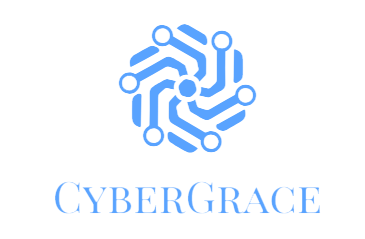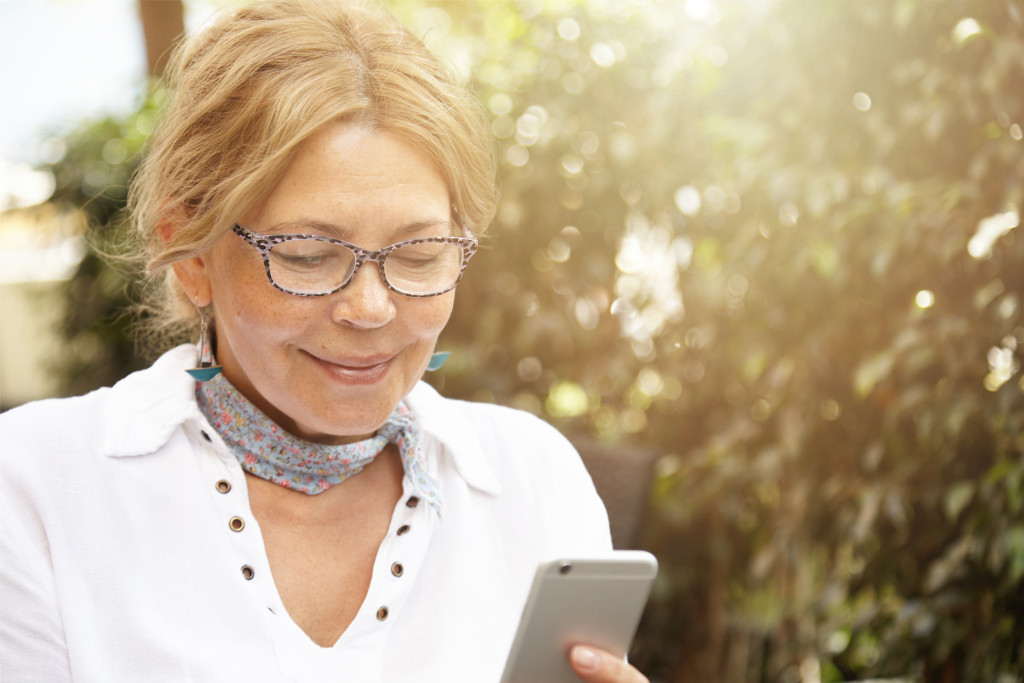There are around 75 million elderly citizens in the U.S. People in this group have a lot of discretionary income. They’re often gathering advice on how to live longer and better lives, and they’re amenable to a well-crafted marketing pitch. Consider how you can reach out to them for every massive campaign and keep them interested and engaged.
Relatable Language
As an entrepreneur, you must be fluent in the target audience’s language. Using adolescent jargon, fashionable terminology, and online slang is not appropriate when marketing to seniors. While millennials love the excitement of drama, baby boomers are only interested in how your services or product will improve their lives. Even if it’s a little dated, it’s precisely what they’re after.
However, that doesn’t mean that you can’t be cunning. It simply means that you should avoid speaking a language that seniors are unfamiliar with. For example, “LMAO” and “AIIGHT” should be avoided. Your humor (and profits) will be completely lost on them, even if you’re making a joke utilizing online jargon.
Simplicity
Simplify the user experience when building your apps, as you would with any job you want your customers to complete. Make sure it’s straightforward for them to quickly understand how to navigate it. In any marketing situation, think about how you can make it easier. Everything should be uncomplicated and basic to use, from sign-up to checkout. Most people above 65 years old did not grow up in a technologically-driven environment. To be clear, it doesn’t mean that technology shouldn’t be used to engage with seniors. Still, it’s critical to know how to interact with an older audience without depending only on technology to facilitate engagements.
Personalize Their Experience
Effective customer service was always human back in the day, and self-service or automated did not yet exist. In the customer service department, the other end on the phone was always a live person that people could pose inquiries.
Personalizing an experience for someone leaves a lasting impression. And that personal touch is what baby boomers are used to, so be sure to include it in your efforts through personalization. The simplest way to do this is to have a live person answer your customer service questions during a phone call.
Native Advertising
Native advertising is paid placement inside an editorial content that seems identical to the main content. Because native advertising enables businesses to publish content on platforms with a broader audience, it makes a huge advantage. As a result of native advertising, users can ingest marketing content as a native feature on a web page or app.
For seniors who value context and want to understand they’re reading a trustworthy article or blog, natively positioned adverts will make it easier for them to understand. And because they aren’t getting younger, having home healthcare SEO for your content will get you those several clicks you’ve been waiting for.
They Have Different Criteria
Every business understands that you’re not selling “the product” to people but rather what it can do to help improve lives. Using a drill as an example, you’re essentially advertising the hole it can make. That means the company that can persuade customers that its drill generates a better hole will be the winner.
Baby Boomers may not desire the same things as teenagers, but some may still want the same product. It’s possible to sell the identical item to anyone if you can figure out why they’d want it.
Social Media

For marketing reasons, it’s easy to identify the elderly market. Marketers can reach a mature audience using a range of media. Twitter, Facebook email, direct mail, and other methods make it easier to approach this group without spending money on uninterested audiences.
Older adults prefer Facebook to Instagram and Twitter over other popular social media platforms. For its users, Facebook offers a wide range of tools for interacting with others, including the ability to contact old friends and relatives immediately. In general, older consumers are more familiar with the site because of its popularity. The number of Americans aged 50 to 64 on Facebook was about 72% in 2016, and there were 62% of those aged 65 or older. 15% of seniors between ages 50 to 70 spend 11+ hours every week on the platform, are also among the most responsive when it comes to Facebook advertising.
Products and services that make life easier and better for seniors are often in high demand. And it’s your responsibility to prove how your product will accomplish this. Following the tips mentioned above will help you target your senior market and keep them as loyal consumers.

